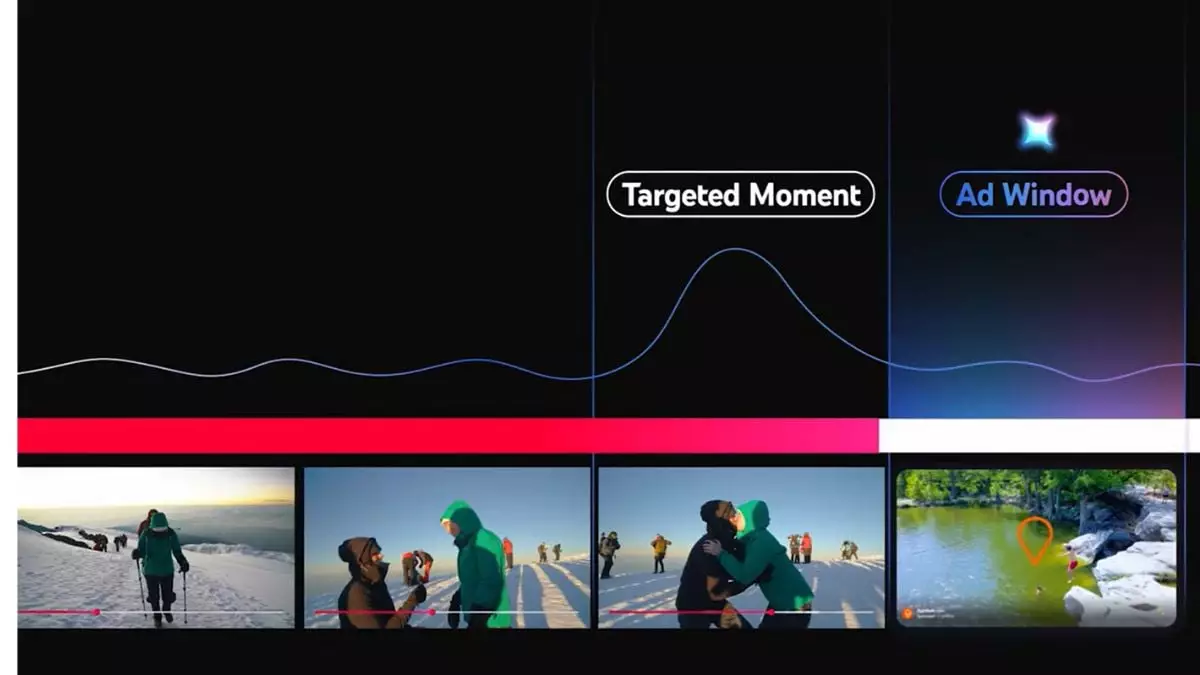YouTube is stepping into new territory by embracing artificial intelligence with its latest feature, Peak Points. Launched during the highly anticipated Brandcast event in New York, this innovative tool aims to revolutionize how advertisers connect with audiences by strategically placing advertisements during the most engaging moments of a video. Utilizing Google’s advanced technology, Gemini, this feature promises a new level of precision in targeting. By analyzing video content, Peak Points seeks to identify segments that could optimally capture viewer attention, thus maximizing the effectiveness of ad placements while simultaneously enhancing viewer engagement.
The Mechanics Behind Peak Points
At its core, Peak Points employs sophisticated frame-by-frame analysis alongside transcript reviews to pinpoint moments of heightened viewer interest, such as intense climactic events or emotional scenes. For instance, imagine an ad spot appearing just before a heartfelt marriage proposal—a moment charged with emotion that’s potent for both viewers and advertisers. This level of analytical depth is groundbreaking, positioning YouTube not just as a platform for content delivery, but as a shrewd negotiator within the landscape of advertising dynamics. While this approach could lead to increased ad viewership and engagement for creators, the underlying methodology raises questions. It remains unclear whether user interactions—such as pausing or rewinding certain segments—are considered when executing Peak Points, a factor that could significantly personalize and elevate viewer experience.
Commercial Intent vs. Viewer Experience
YouTube’s advertising model has always danced a tightrope between monetization and viewer satisfaction. The introduction of Peak Points carries the dual-edged sword of potentially enhancing revenue streams while riskily disrupting the viewer experience. Users have historically tolerated ads that feel organic when placed at the video’s onset, but interruptions engineered during anticipated moments may generate backlash from viewers seeking seamless content consumption. If not managed carefully, there’s a danger that ads could morph from an accepted necessity into an unwelcome intrusion, fostering resentment among a user base already grappling with ad fatigue.
A Glimpse into YouTube’s Future
This pilot program hints at a broader strategy whereby YouTube seeks to position itself firmly at the intersection of technology and viewer behavior analysis. As the platform prepares to roll this feature out more widely, the integration of Peak Points might very well represent a notable paradigm shift in how digital advertising is perceived. Monitoring metrics of viewer satisfaction alongside ad effectiveness will be critical for YouTube. Their willingness to evolve advertising strategies reflects a deeper understanding of audience dynamics and a commitment to maintaining a profitable ecosystem for creators and the platform itself. However, the balancing act remains precarious. The stakes are high as they tread this innovative path—will Peak Points be lauded as a pioneer in engagement, or criticized as yet another example of advertising overreach? The answer will likely shape YouTube’s advertising landscape for years to come.

